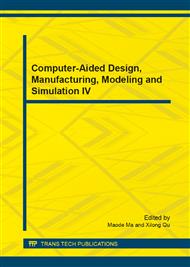p.425
p.430
p.435
p.440
p.445
p.449
p.454
p.459
p.468
Design and Implementation of Campus Card in Shower System
Abstract:
s: This paper analyzes the application characteristics of campus smart card and electronic account, from the students requirements of shower management, made some research and Study on the campus smart card electronic account application and the CAN bus data transmission and developed a general admission fee based on network of campus card and CAN bus communication system, realize no cash operation in the finance charge project. This paper is discussed in detail from the communications and design payment system, interface, security aspects, and provides a reference of smart card application for the similar colleges.
Info:
Periodical:
Pages:
445-448
Citation:
Online since:
October 2014
Authors:
Keywords:
Price:
Сopyright:
© 2014 Trans Tech Publications Ltd. All Rights Reserved
Share:
Citation:


